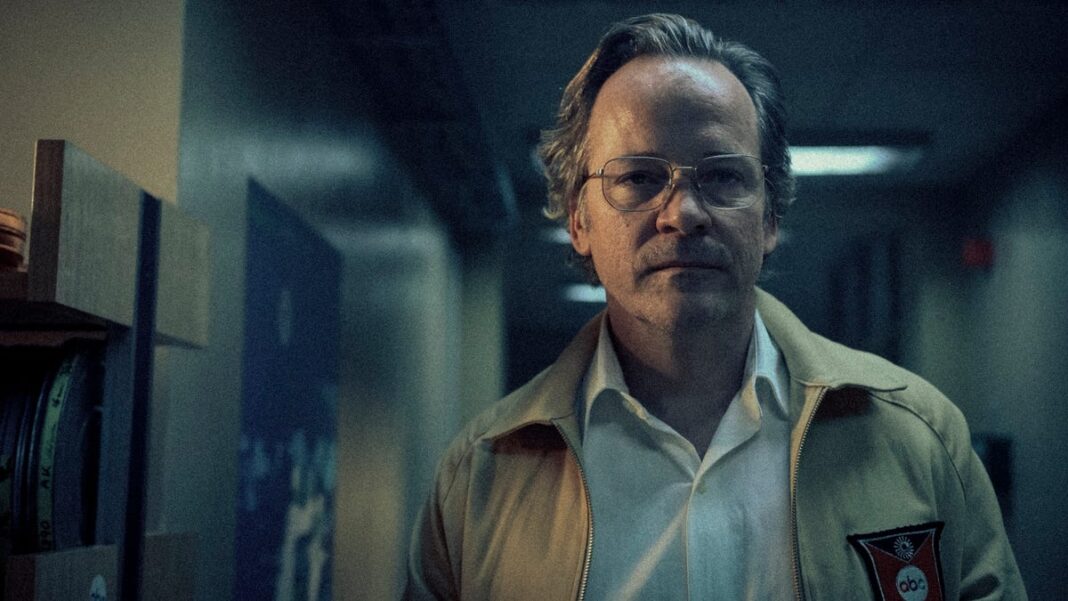‘September 5’ highlights the tragic introduction of terrorism at the Olympics
On September 5, 1972, the Summer Olympics in Munich took a heartbreaking turn as Palestinian terrorists took eleven Israeli athletes hostage, leading to their deaths.
The ABC Sports team on site was completely unprepared for such a sudden change in events. Their remarkable ability to adapt is the essence of the film “September 5,” currently showing in select theaters in New York, Los Angeles, and Toronto, with a nationwide release set for January 17.
“We aimed to reflect the chaotic nature of the situation, where there was barely any time to comprehend what was happening,” says Swiss filmmaker Tim Fehlbaum. “Conversations with those involved in reporting this tragic event revealed there was a significant story to tell.”
What is ‘September 5’ about?
The gripping film delves into the U.S. ABC Sports team, headed by the iconic anchor Jim McKay, arriving at the Olympics with high expectations. The network had secured a satellite for live broadcasts of the games worldwide.
However, the excitement quickly transformed into horror with the sound of gunfire from the athletes’ dorms, resulting in reports of two dead athletes and demands from a terrorist group named Black September. The film focuses on how producer Roone Arledge (played by Peter Sarsgaard) organized his team to report this unfolding crisis despite limited technology and Sparse information.
Arledge’s decisive actions in 1972 propelled him to success within ABC’s news division. He instructed the placement of large cameras with long cables to effectively cover the hostage situation, authorized staff to impersonate Olympians to capture footage, and resisted directives to transfer the story to ABC News personnel based 4,000 miles away.
Although reporter Peter Jennings (played by Benjamin Walker) was already at the Olympics to assist with coverage, the situation necessitated an improvised approach to journalism, a far cry from today’s smartphone-enabled news distribution.
‘September 5’ prompts important discussions about media ethics
The dilemmas presented in “September 5” resonate with current media practices, according to Sarsgaard.
“This marked the transition from a sporting event being broadcast live to the first instance of a live camera capturing a hostage situation,” he explains. “This leads to significant questions about whether this capability serves journalism’s role in society.”
As depicted in the film, two ABC Sports producers, Geoffrey Mason (John Magaro) and Marvin Bader (Ben Chaplin), engage in critical discussions amidst the chaos. As the situation progresses, they contemplate ethical concerns regarding showing the terrorists on public camera.
“The conversations with Geoffrey helped me figure out how we could create this film,” Fehlbaum notes. “We needed to explore the complex dilemmas facing these individuals as events unfolded.”
Chaplin’s portrayal of Bader serves as the “moral center” of the narrative, according to Sarsgaard, as he raises essential questions.
These discussions also extend to evaluating how much of the crisis should be broadcast live. Is it ethical to reveal hostages at gunpoint? Should the terrorists themselves be shown on screen? What terminology should be used to describe the hostage-takers?
Parallels with the tragic events in Israel in 2023
“September 5” resonates deeply with those who are still affected by the Hamas-led attacks on Israelis on October 7, 2023. Fehlbaum clarifies that the intent of the film is not to reopen these wounds, emphasizing that post-production was already underway when the attacks transpired.
“You can’t ignore the connection between today’s news and the events of 1972; naturally, there are parallels,” he explains. “The current global landscape will certainly shape viewers’ perceptions of this film. However, at its core, our movie explores a pivotal moment in media history, marking a shift in how news stories were reported. Ultimately, I hope it encourages a broader reflection on our contemporary media landscape.”
<p”The fascinating aspect of ‘September 5’ is that it immerses you within a control room filled with enthusiastic TV professionals covering a live broadcast. Whether the event is a sports match, an awards show, or a tragic incident, the electrifying atmosphere remains consistent, according to Fehlbaum.
“I devoted a significant amount of time to studying control rooms and their dynamics,” he shares. “Whether you’re covering a Knicks game or a political demonstration, there’s an incredible sensation as the countdown approaches zero and the broadcast goes live. It’s a unique energy that can’t be replicated.”

